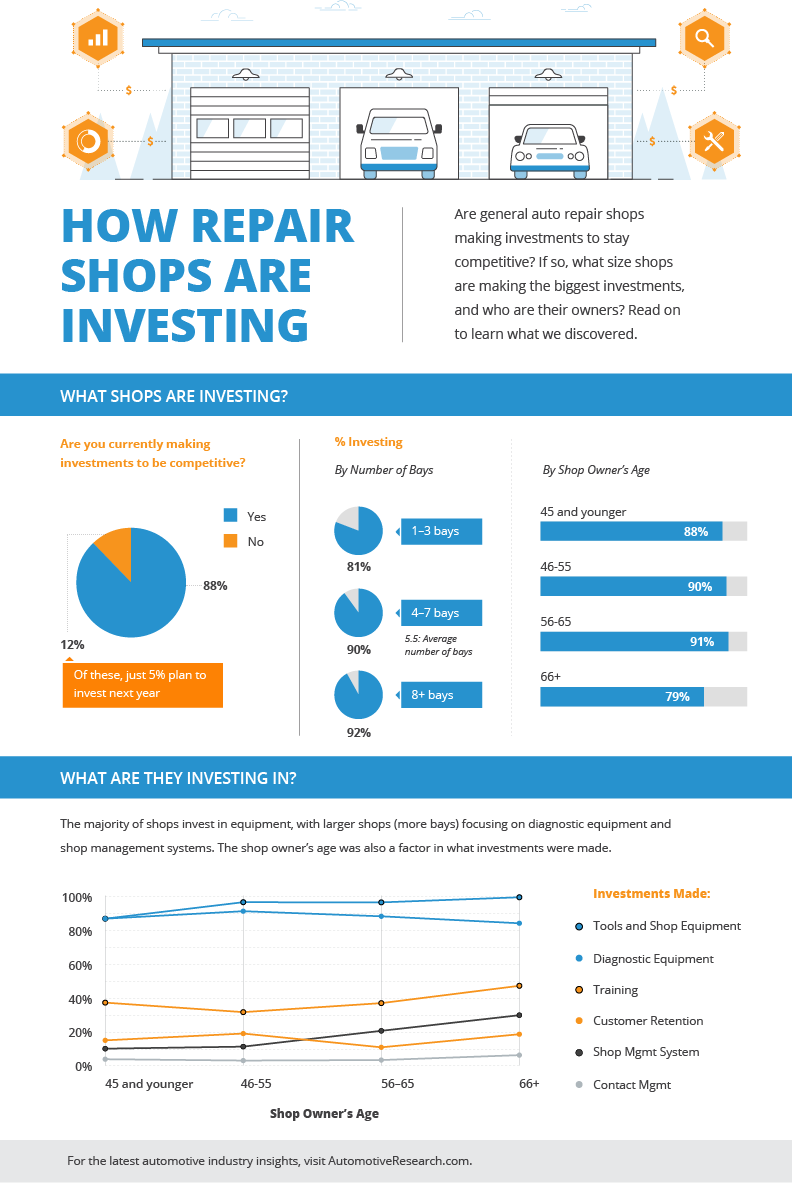Recognizing Your Car'S Warning Lighting: What Do They Actually Mean?
Recognizing Your Car'S Warning Lighting: What Do They Actually Mean?
Blog Article
Created By-Boye Stark
When you're behind the wheel, those radiant warning lights on your control panel can be a little bit perplexing. Do you understand what they're attempting to tell you concerning your auto's health and wellness? Comprehending the importance of these lights is vital for your safety and security and the longevity of your vehicle. So, the following time one of those lights appears, would not you want to analyze its message precisely and take the necessary steps to address it?
Common Warning Lights and Interpretations
Determine common caution lights in your car and understand their significances to make certain safe driving.
The most normal warning lights include the check engine light, which indicates concerns with the engine or emissions system. If look here begins, it's vital to have your car inspected quickly.
The oil stress warning light shows low oil stress, calling for immediate focus to avoid engine damage.
A flashing battery light may recommend a defective billing system, possibly leaving you stranded if not addressed.
The tire pressure tracking system (TPMS) light alerts you to reduced tire pressure, affecting lorry security and fuel effectiveness. Neglecting this might result in harmful driving problems.
The abdominal light indicates a problem with the anti-lock braking system, compromising your ability to stop quickly in emergencies.
Finally, the coolant temperature level advising light warns of engine getting too hot, which can cause severe damage otherwise solved quickly.
Understanding wash car near me will certainly aid you address problems immediately and maintain secure driving conditions.
Importance of Prompt Attention
Comprehending the usual caution lights in your car is only the very first step; the value of quickly addressing these warnings can't be highlighted enough to ensure your safety when traveling.
When a caution light illuminates on your control panel, it's your cars and truck's method of connecting a potential concern that needs focus. Ignoring these warnings can bring about much more severe issues in the future, compromising your security and possibly costing you a lot more out of commission.
Motivate interest to warning lights can avoid breakdowns and accidents. For instance, a blinking check engine light could suggest a misfire that, if left ignored, could trigger damages to the catalytic converter. Addressing this quickly can conserve you from a pricey repair.
Likewise, a brake system warning light might signify reduced brake fluid or used brake pads, vital components for your safety and security when driving.
Do It Yourself Troubleshooting Tips
If you discover a warning light on your dashboard, there are a few do it yourself repairing suggestions you can try before looking for professional help.
https://sethtoibw.blogdun.com/30783233/reluctant-concerning-picking-an-auto-service-center-discover-professional-pointers-for-finding-dependable-alternatives-in-your-location-that-will-certainly-put-your-mind-secure is to consult your car's manual to recognize what the certain caution light suggests. Often the concern can be as simple as a loosened gas cap triggering the check engine light. Tightening up the gas cap might deal with the problem.
Another usual problem is a low battery, which can trigger various cautioning lights. Examining the battery connections for corrosion and ensuring they're protected may repair the trouble.
If a warning light continues, you can attempt resetting it by detaching the auto's battery for a few minutes and then reconnecting it. In addition, checking your automobile's liquid degrees, such as oil, coolant, and brake fluid, can assist repair alerting lights associated with these systems.
Final thought
To conclude, recognizing your vehicle's caution lights is vital for maintaining your automobile running smoothly and securely. By without delay addressing these informs and recognizing what they mean, you can avoid expensive fixings and prospective malfunctions.
Remember to consult your auto's handbook for certain details on each cautioning light and do something about it appropriately to ensure a trouble-free driving experience.
Keep notified, stay secure when traveling!
